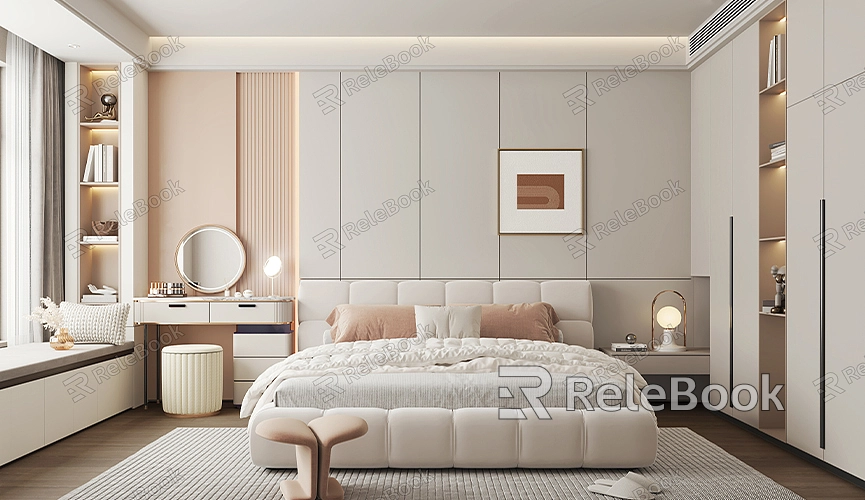How to put a image in blender render
Blender is a powerful open-source 3D modeling and rendering software widely used in animation, game development, and visual effects. When creating 3D works, you might need to insert images into your render to add details or enhance visual effects. This guide will explain how to insert an image in Blender render and provide some practical tips.
Preparations
First, ensure you have the latest version of Blender installed and are familiar with its basic interface. If not, you can download and install it from the Blender official website.

Inserting an Image as a Background
One common way to insert an image in a render is to use it as a background image. Here’s how to do it:
Open Blender and Import Your Scene
Start Blender and open the scene you want to edit. Ensure that the objects and lighting in your scene are set up and ready for rendering.
Add a Background Image
1. In the right-hand Properties panel, find and click on the "World" tab.
2. Under "Surface," select "Use Nodes."
3. Click the circle next to "Color" and choose "Environment Texture."
4. Click "Open" and select the image file you want to use as the background.
Now, the image will be applied as an environment texture for the entire scene background.
Inserting an Image as a Plane

If you need to insert an image at a specific location, like displaying it on a plane, follow these steps:
Create a Plane
1. Press `Shift + A`, select "Mesh" -> "Plane" to create a plane.
2. Adjust the plane's size and position as needed.
Add Material and Apply Image Texture
1. Select the newly created plane and click on the "Material" tab in the Properties panel.
2. Click "New" to create a new material.
3. In the "Surface" section of the Material Properties, select "Use Nodes."
4. In the Shader Editor, click "Add," choose "Texture" -> "Image Texture."
5. Connect the "Image Texture" node to the "Base Color" of the "Principled BSDF" shader.
6. Click "Open" and select the image file you want to insert.
The image will now be applied as a texture to the plane.
Adjusting Render Settings
After inserting the image, you can tweak the render settings for better results.
Adjusting Sample Count
The number of samples determines render quality and time. You can adjust the sample count in the "Render Properties" under "Sampling." Lower sample counts can be used for preview renders, while higher sample counts are recommended for final renders.
Adding Lighting
To make the image look more realistic, add appropriate lighting. Press `Shift + A`, select "Light," and choose the type of light you need, such as Point Light, Spot Light, or Area Light. Adjust the light’s position, intensity, and color to achieve the desired effect.
Rendering and Saving
Once everything is set, you can start rendering and save the result.
Render Image
From the top menu bar, choose "Render" -> "Render Image." Blender will start rendering the current scene, including the inserted image.
Save Rendered Result
Once rendering is complete, in the Image Editor, choose "Image" -> "Save As," select the save location and file format, and click the "Save" button.
Tips to Enhance Render Quality
To improve your render quality, consider the following tips:
Use High-Quality Textures and HDRI
High-quality textures and HDRI (High Dynamic Range Images) can significantly enhance render quality. You can download high-quality 3D textures and HDRI from Relebook. Import these textures and models directly into Blender for optimal results.
Adjust Light Bounce Count
The number of light bounces determines how many times light rays reflect and refract in the scene. Adjusting this count appropriately can achieve better lighting effects.
Enable Denoising
Denoising reduces noise in the render, making the image smoother. Enable the "Denoising" option in the Render Properties panel.
Inserting an image in Blender render is an effective way to enhance the quality of your work. By following these steps, you can easily apply images to backgrounds or specific locations and adjust render settings to achieve the desired effect. For high-quality 3D textures, HDRI, or 3D model downloads, visit Relebook. Download the textures and models, and import them directly into Blender for the best results.

